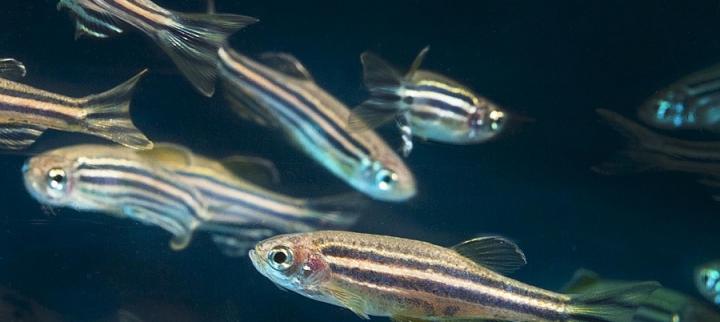Zebrafish screening
Zebrafish screening to understand melanoma

Zebrafish have emerged as a major model organism for cancer biology and pre-clinical cancer research in the past decade. Zebrafish are vertebrates, share most organs with their mammalian counterparts, and genome-sequencing reveals that zebrafish have orthologs for over 70% of human genes (including disease genes). Zebrafish develop a wide tumour-spectrum which resemble human cancers at the histopathological, gene expression, genome and molecular level, and they reveal a complex tumour microenvironment.
Some of the principle reasons for the success of zebrafish in genetic and chemical screens lie in the ability to collect large numbers of single-cell embryos that have been fertilised ex vivo, and the ability to follow embryonic development in living animals using fluorescent reporter lines. Hundreds to thousands of zebrafish embryos can be collected daily, whereby large numbers of mutant animals or animals treated with chemical compounds can be assessed for physiologically relevant phenotypes.
The Patton laboratory is developing small-molecule screens in zebrafish with the aim of identifying drug-leads that target melanoma. Using this approach, their group has identified a series of compounds that effectively kill melanoma cells with minimal toxicity at the whole-animal level. Pre-clinical studies are currently underway that are needed to launch this into the clinical arena.
Patton Lab


